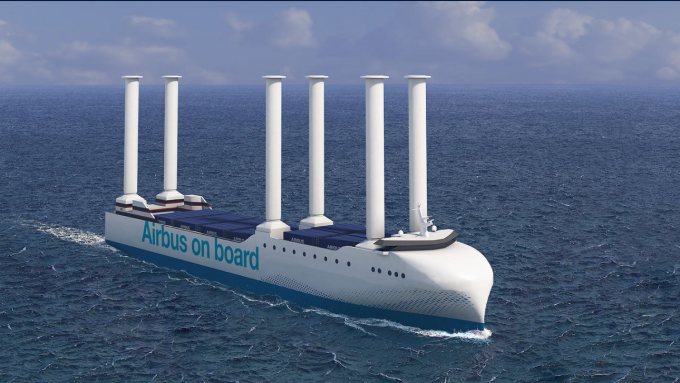Transatlantic turbulence as carriers' focus switches to 'what we can control'
In this new world of uncertainty, it will be agility that wins in air – ...

Airbus is to replace its shipping fleet in a bid to reach 2030 decarbonisation goals, and has commissioned three new vessels that will be supported by wind propulsion.
From 2026, the three low-emission vessels, commissioned from Louis Dreyfus Armateurs, which will build, own and operate them, will transport aircraft sub-assemblies between Airbus production facilities in Europe and the US.
The new vessels are expected to reduce the manufacturer’s average annual transatlantic CO2 emissions by more than half – from 68,000 tonnes ...
Asia-USEC shippers to lose 42% capacity in a surge of blanked sailings
USTR fees will lead to 'complete destabilisation' of container shipping alliances
New USTR port fees threaten shipping and global supply chains, says Cosco
Outlook for container shipping 'more uncertain now than at the onset of Covid'
Transpac container service closures mount
DHL Express suspends non-de minimis B2C parcels to US consumers
Zim ordered to pay Samsung $3.7m for 'wrongful' D&D charges
Flexport lawsuit an 'undifferentiated mass of gibberish', claims Freightmate

Comment on this article